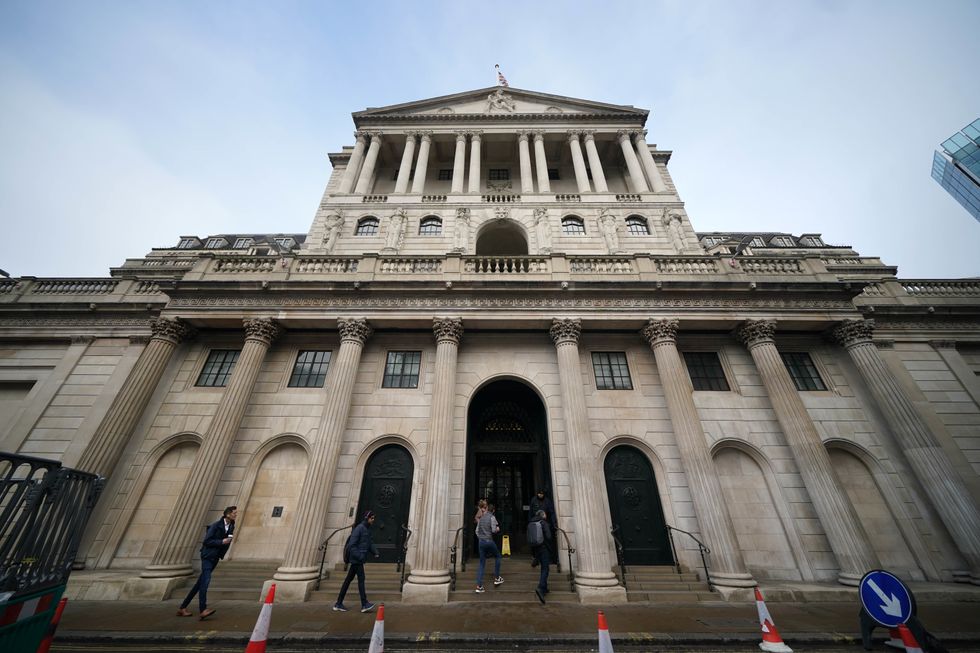Andrew Bailey has warned that Labour’s National Insurance changes could delay anticipated interest rate cuts.
The Bank of England Governor highlighted that companies’ responses to higher employer National Insurance contributions represent “the biggest issue” for the immediate future.
Reeves announced rate of employer national insurance would be rising from 13.8 per cent to 15 per cent in April next year.
The secondary threshold, meaning the level at which employers start paying the tax on each employee’s salary, will also be reduced from £9,100 a year to £5,000.
The move has led to a swathe of businesses saying they will be hit hard by increased costs, which they could end up passing on to employees and customers.
Andrew Bailey, speaking at the Financial Times’ Global Boardroom, said it is not yet clear what effect the tax change could have on UK inflation. He said: “The level of uncertainty is rising at the moment. Certainly, some of that is domestic and some of that is global.
“I think the biggest issue now in the immediate future is the response to the national insurance change; how companies balance the mixture of prices, wages, the level of employment, what is taken on margin, is an important judgment for us.”

Bailey signalled expectations of approximately four interest rate cuts in the coming year
PA
He explained the Monetary Policy Committee is weighing three distinct scenarios for inflation’s trajectory.
In the optimistic scenario, “disinflation is well embedded and so inflation will come back to target sustainably,” allowing for less restrictive rates.
A middle view suggests broadly similar outcomes but requires a firmer monetary stance. The third scenario considers potential structural changes in the post-Covid economy, particularly in the labour market.
Bailey warned: “If there is, that has made inflation stickier and we will have to be somewhat more restrictive than either of the other two cases.”
Based on the middle scenario, Bailey signalled expectations of approximately four interest rate cuts in the coming year.
These cuts would gradually reduce borrowing costs as inflation continues to fade. If implemented, such reductions would bring the base rate down to 3.75 per cent, marking the lowest level since early 2023.
The Bank’s inflation target remains firmly set at two per cent, with recent figures showing consumer price inflation has fallen dramatically from its 2022 peak of 11 per cent.
After dropping to 1.7 per cent in September, inflation saw a slight uptick to 2.3 per cent in October, highlighting the ongoing volatility in price pressures.
Business leaders are already showing significant concern over the impending National Insurance changes, according to recent surveys.
S&P Global’s purchasing managers index revealed widespread implementation of hiring freezes across British companies.
Survey participants specifically cited “strong wage pressures and forthcoming increases in employers’ National Insurance contributions” as key factors in their decisions.
The uncertainty surrounding how businesses will ultimately absorb these increased costs remains a critical factor in the Bank’s monetary policy considerations.
The OECD has warned that additional spending measures in the Budget could fuel inflation pressures. This increased inflation risk could constrain the Bank of England’s ability to implement interest rate cuts.
The Bank’s Governor indicated that by spring, there should be greater clarity on how businesses have adapted to the new cost environment.